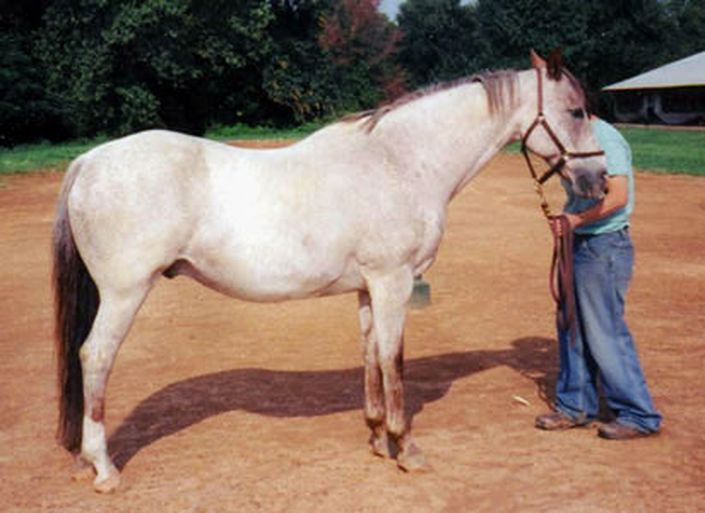How I Help You Improve Your Horse’s Movement & Prevent Lameness
Your horse is on a consistent shoeing schedule. Your veterinarian gives him a lameness evaluation every year. You work with a saddle fitter every six months, and her teeth are perfect according to the equine dentist. You take a lesson with your trainer every week.
And yet…you and your horse don’t seem to be progressing. If your horse:
- Struggles with lateral work, especially in one direction…
- Is short-strided, but not lame…
- Has body asymmetry that hasn’t gone away despite doing the exercises your trainer recommends religiously…
- Develops constant quarter cracks or flares even though your ground is good and you have him on a balanced diet…
Then you’re probably dealing with a movement pattern issue.
I use a whole-horse approach to develop a trimming and shoeing strategy for your horse. How your horse is trimmed and shod affects more than your horse’s hooves and lower legs. It affects the whole horse – how he walks, trots, and canters, how he jumps, how his muscles develop.
What You’ll Get From a Focus on Biomechanics
You’ll gain a horse with improved balance who can more easily deal with competitive challenges. And, as your horse improves, you may also experience benefits like these:
- Your horse’s hoof wall changes shape as it grows down from the coronet band until you realize the quarter cracks have gone away…and haven’t come back
- Lateral movements are suddenly easier because your horse works more consistently in both directions
- Your position improves because you’re no longer compensating for the imbalance in your horse
- Your horse suddenly seems to move more easily under saddle
“Mike is a talented and experienced farrier who thinks outside the box, managing each horse (and even each foot) according to the individual’s needs. He is one of the few farriers worldwide who thoroughly evaluates the whole horse when devising a trimming and shoeing strategy."
- Dr. Christine King, DVM


Blog
See how shoeing and trimming impact your horse's movement, posture, and soundness.

Case Studies
Quarter cracks? Constant abscesses? Stumbling? Discover how Mike has been able to help horses with chronic issues.

Corrective and Therapeutic Horseshoeing
When I come to your barn to shoe, I don’t just stick the horse in cross ties and pull out the rasp. I analyze your horse’s walk and trot in-hand, much like a lameness exam from a vet. I look at your horse from all angles to find asymmetries in his body and how he carries himself. And I ask questions about your goals. Then I use all of this information to determine how to best help your horse’s balance improve.




